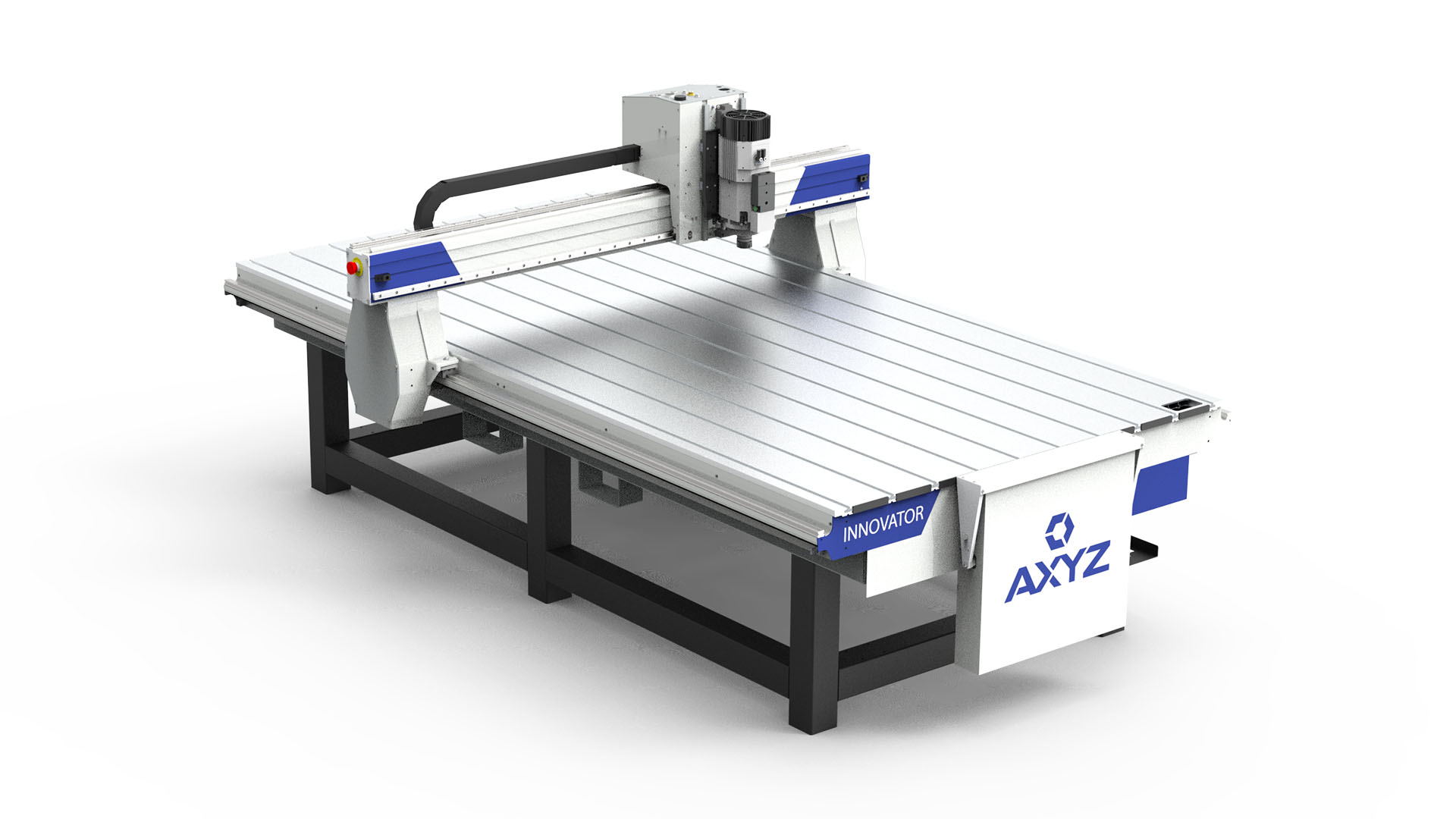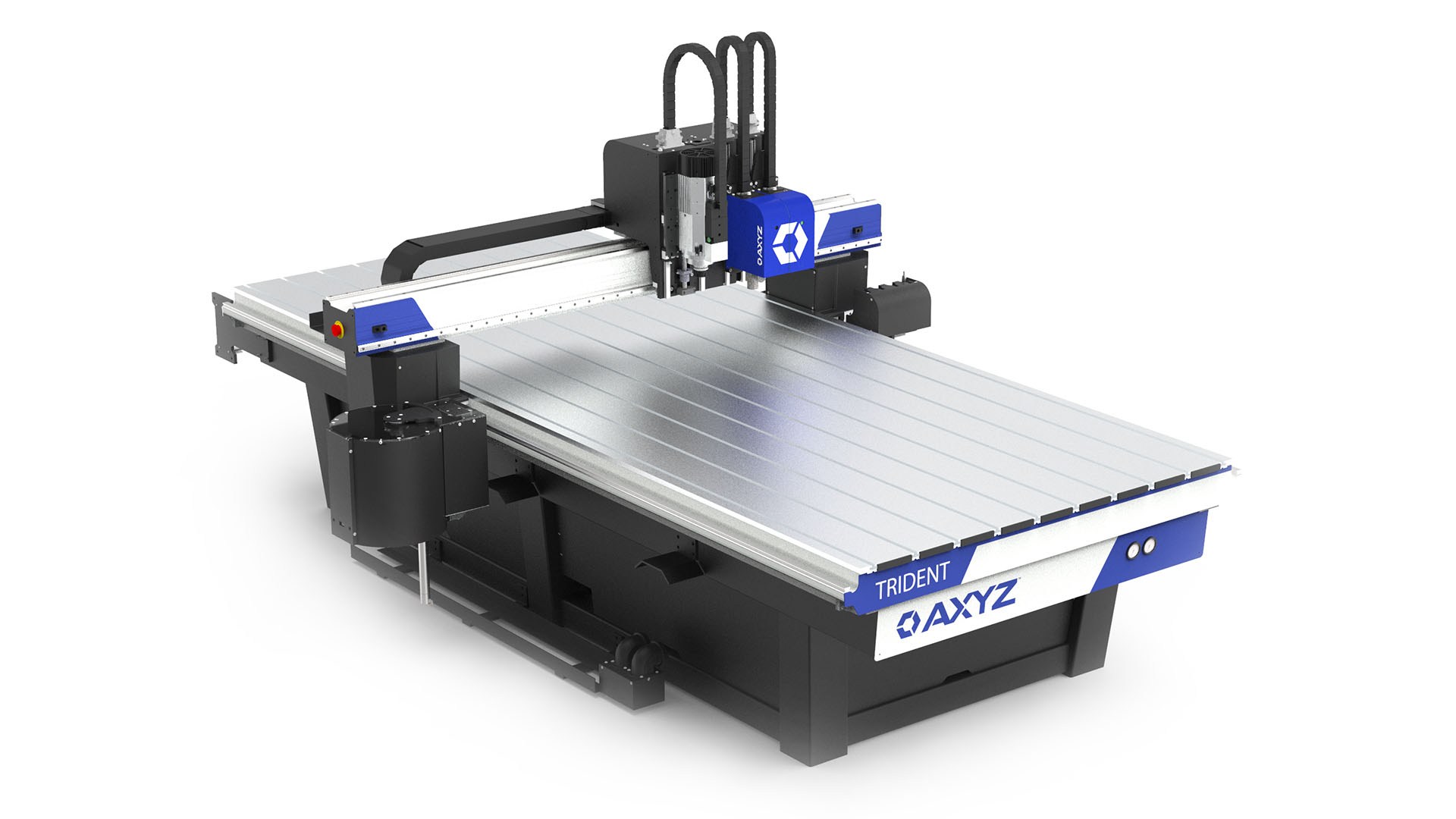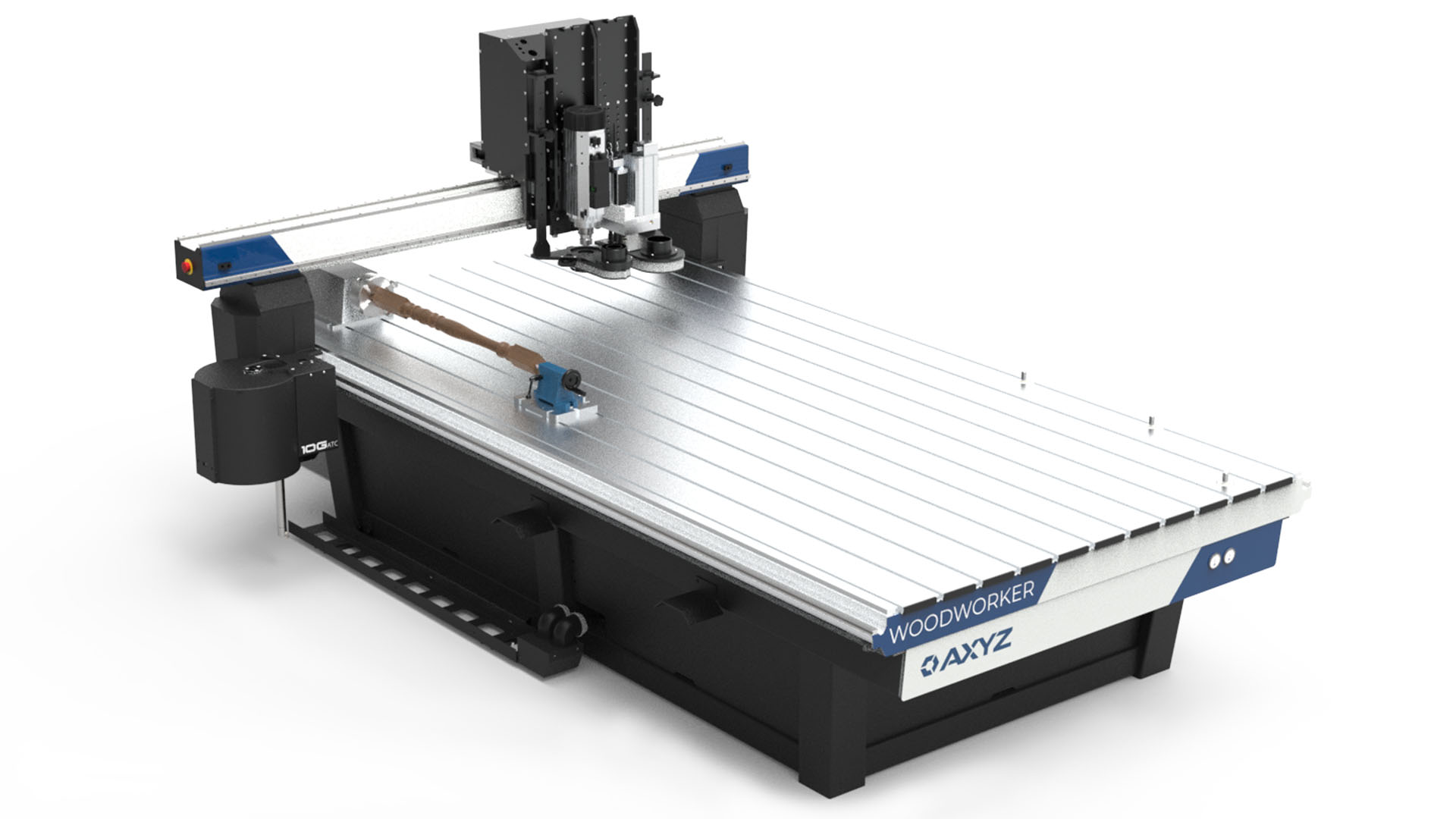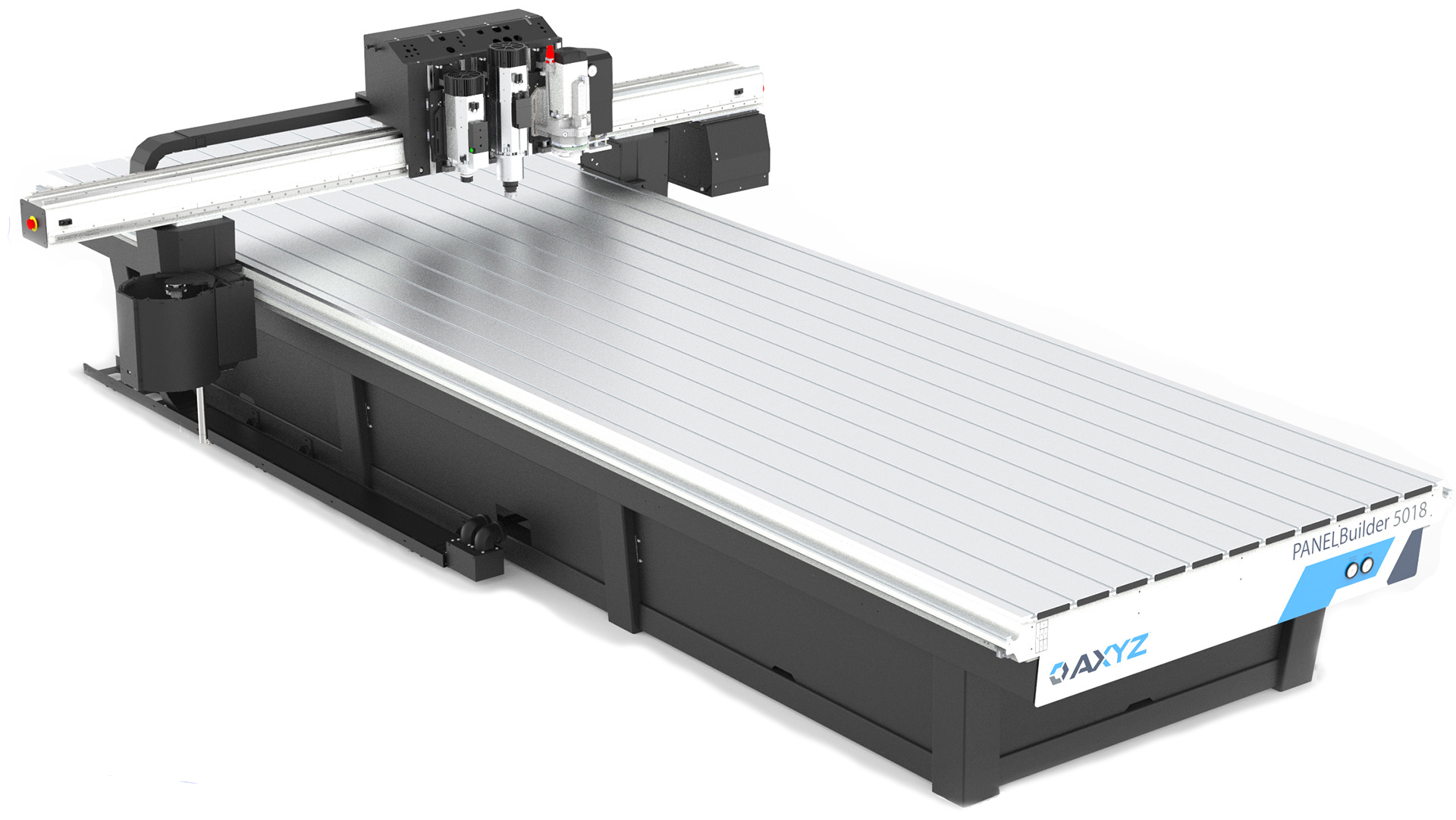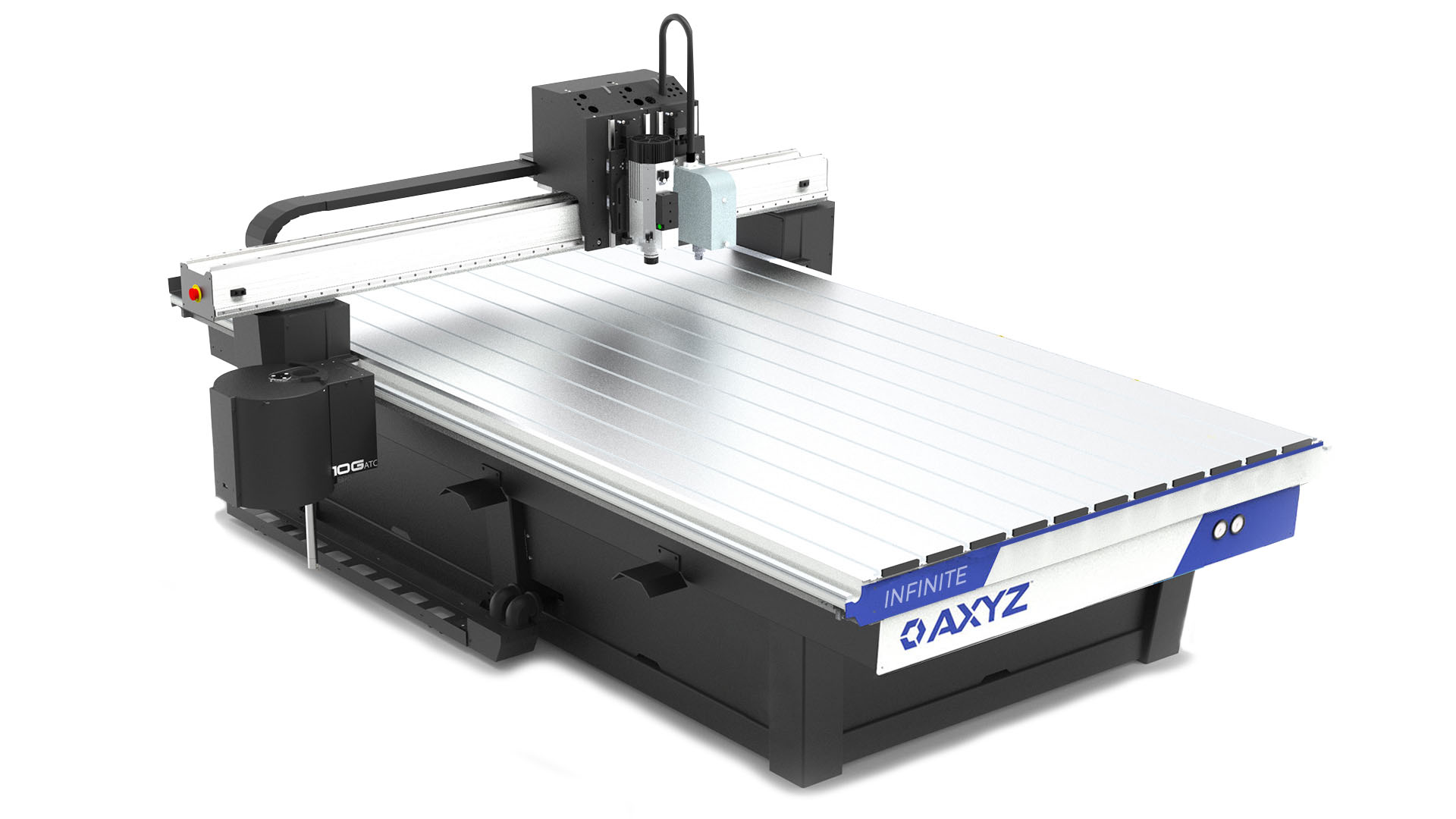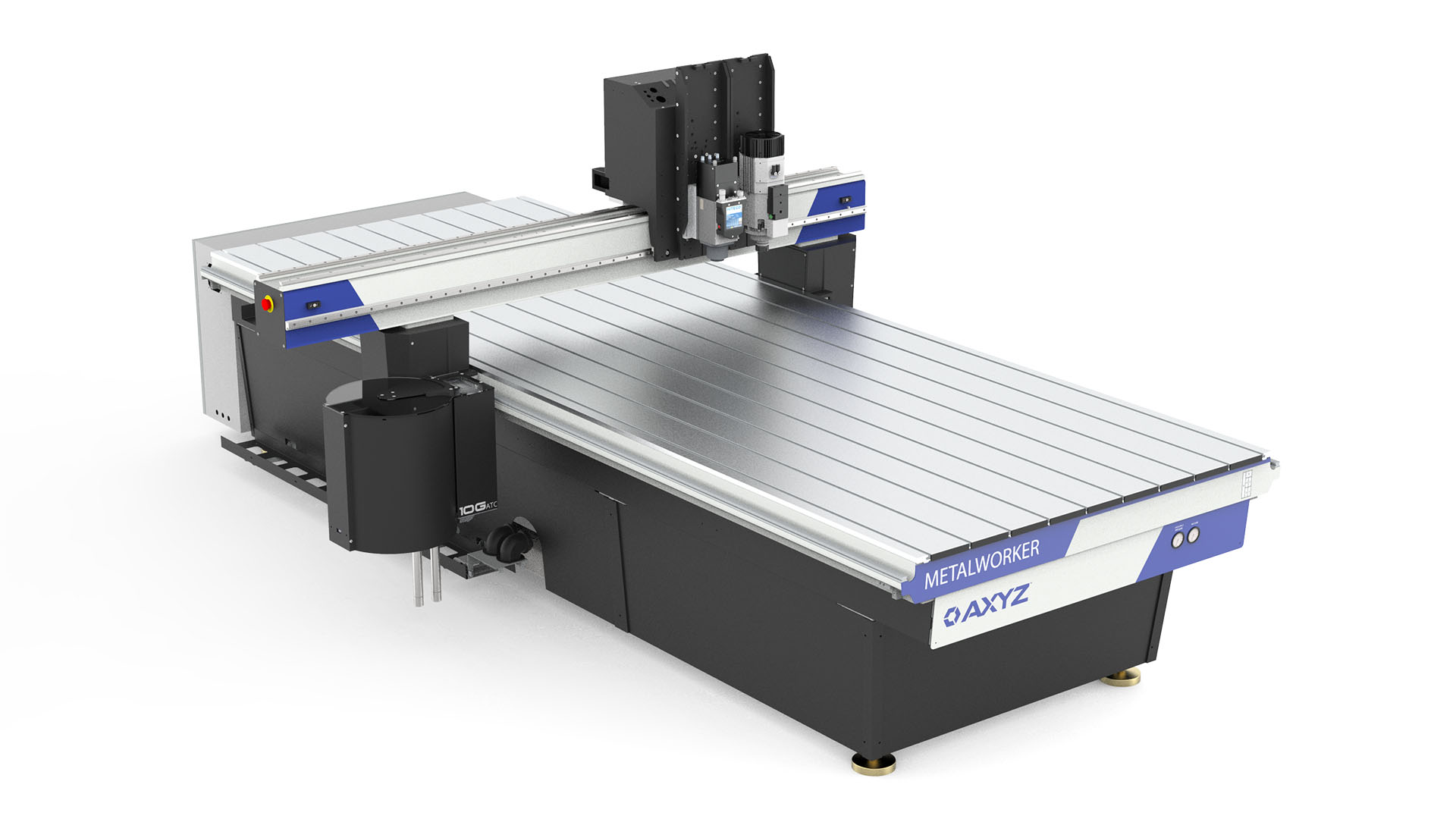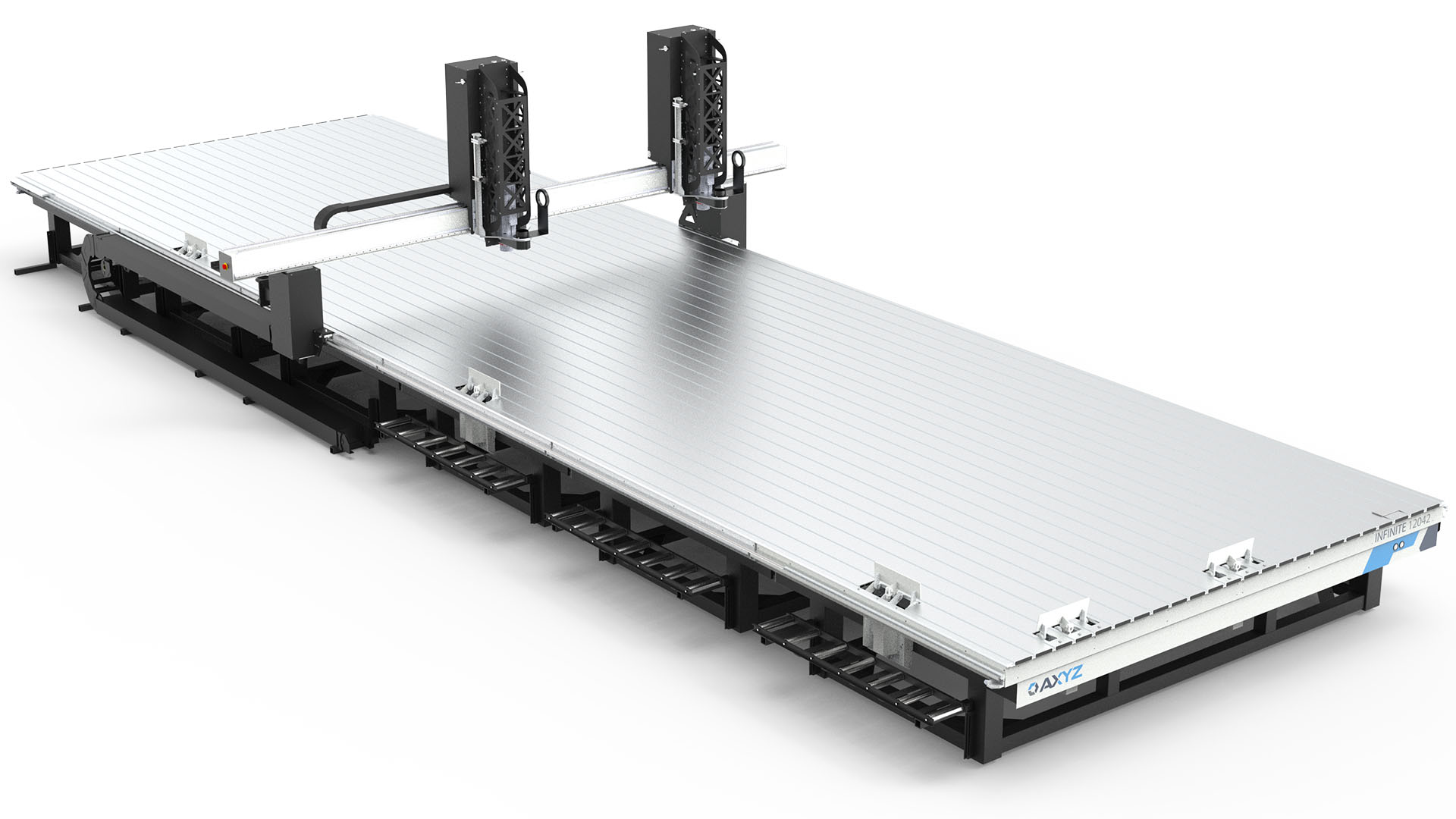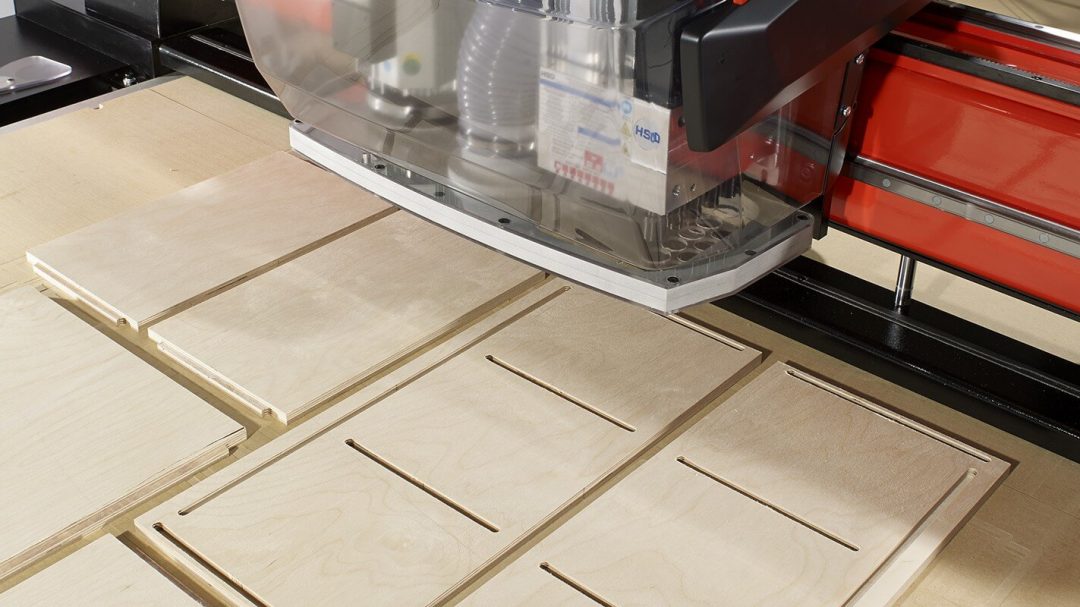Published in the March 2016 issue of Woodworking Network. View it online HERE.
Is it advantageous to invest in customized CNC routers, or will off-the-shelf equipment be sufficient?
It’s a question that woodworking companies in general, and cabinetmakers in particular inevitably have to ask. The decision is not an easy one. The prime consideration may not be limited to expenditures, although cost and ROI are certainly major considerations.
The decision-making process has to take a number of other factors into account such as machinery capabilities, the quality of the result, in particular edge finishing, production volume, effective use of time and labor, and the potential for future growth. It may be easier for some shops to go with the tried and true, but even the seemingly safest of decisions, has its pitfalls.
Every company tries to conduct due diligence when deciding between off-the-shelf CNC routers vs. customized. The evaluation process can be quite complex considering that customized routers have evolved significantly in the last decade with considerably more functionality. The focus for buyers has to be on both the present and future of their business and include a process that includes an open and frank dialogue with every potential vendor or supplier if the right choice is to be made.
The evolution of customized CNC routers
Tried-and-true, traditional woodworking and cabinet building methods have existed for years. The drawback, however, was always the commitment of time and labor, particularly when it came to shaping arch pieces and doorways. Drill press or hand drilling were the only options. Development of the CNC router rapidly altered these work processes by changing the production capabilities, frequency and output.
At that point, off-the-shelf (OTS) routers seemed the perfect option particularly for small shops that basically ruled out any consideration of customization. Either they felt customized CNC routers were too expensive for their bottom line, or they did not consider what the potential of customization could mean to their business in both short- and long-terms.
For smaller businesses, and perhaps some larger cabinet makers, such thinking still exists today particularly since OTS means a lower investment requirement. However, the expanding capabilities of customized routers offer new options to evaluate. The entry of more machinery manufacturers into the market increase production automation choices. These run the gamut from low-end OTS CNC routers that can be purchased through the Internet to highly customized, industrial CNC routers with multiple spindles, drill banks and automatic material handling. Then there is the rise of nested-based machining (NBM), a form of customization in which a CNC router eliminates the need for panel saws by cutting out completed components in an optimized nest repeatedly and efficiently.
So how does a business make the right choice? The answer involves weighing a number of variables that include current and future business planning, vendor relationships and applying a comprehensive understanding of CNC router capabilities to the growth potential of the business.
Exploring the pros and cons
Perhaps the most appealing factor of OTS is its role as an entry into automation at a relatively low cost. For the smaller shop, OTS does offer the advantages of reducing labor and time requirements while either maintaining or improving product quality. Yet there are some disadvantages. For one, OTS is not as likely to handle heavy industrial woodworking applications. One example: the machinery may not be able to produce enough torque so more passes are required to complete the cut. Then there is the always critical need for technical and repair support, which is true for every machine whether customized or OTS. The latter, however, may be more problematic in terms of cost and response time. That’s because third parties are likely to be involved since many shops lack the resources in-house to maintain proficient machinery maintenance.
At this point, cabinet builders and other woodworking businesses may decide to consider customized machinery to expand their capabilities in areas that go beyond the limitations of the much of the OTS machinery. Their interest has been spurred by technology’s capacity to evolve leading to more mainstream uses for CNC routers, lasers and water jets. Shops are becoming more sophisticated in their understanding of router applications that could benefit their operations. This would explain the growing interest in NBM by medium and small-size shops that see customization as an opportunity for expanded production and business growth.
Customization utilizes advanced software to lay out parts in one sheet and the drilling of holes and cutouts automatically. The software extends production volume and variety even for the smaller business. The router is able to control multiple devices with at least two spindles cutting parts simultaneously. A related customized component is auto vacuum switching in which the full power of the vacuum is concentrated on the area of the head where the spindle is cutting, all of which are designed to save time and labor. Projects that used to take hours can be completed in minutes.
One company’s customization experience
Just ask John Zembrodt, general manager of Stanton Millworks, Cincinnati. Zembrodt said his cabinet-making and woodworking shop has increased production and accuracy since installation of his customized router.
“We have been able to competitively bid and fabricate larger and more complicated projects (while) improving our process,” Zembrodt said, adding that the customized machinery is directly responsible for his company’s growth from a three-person shop to 22 including a full-time estimator, project manager and programmer.
“We have been able to double our yearly work for the past four years and there’s no sign of slowing down,” the general manager said.

Customization considerations
One of the most important considerations in the purchase of any equipment, particularly customized machinery, is the awareness of potential pitfalls and how to avoid them. Think about these important variables:
Cost: Make certain that a lower cost item will deliver exactly what the shop needs for its present and future operations.
Tooling types: Do not misjudge the type of tooling required for multiple materials such as different types of wood. Some tools are designed for very specific types of cutting and shaping.
Accessories: Do your homework. Be certain you are aware of accessories needed to maximize your production prior to purchase so that you do not incur additional costs later.
Level of support: It is more efficient in terms of cost and maintenance when your supplier is also your tech support provider. Third-party providers tend to be more expensive and less reliable.
Defined supplier responsibilities: Make certain your supplier offers extensive training programs and maintains spare parts availability.
Upgrades: Confirm that the router is capable of future upgrades to take advantage of newer technological capabilities.
Longevity: Customized equipment lifespan is projected at least 10 years with some companies reporting their customized routers have lasted nearly two decades.
There are understandable reasons for some shops to rely on off-the-shelf CNC, but the capabilities of today’s routers, spindles and motors offer not only expedited, quality production, but a gateway to meeting future needs without wrecking the bottom line in the process.
A shop’s customization decision-making process should include visits with potential suppliers that go beyond discussions and negotiations with sales representatives. Meet with application engineers and technicians, and verify the level and source of all tech support and training. See the machinery first-hand to ensure that its origin is directly from the supplier and not from a third-party. Above all, do the research before the visit. It’s the best way to ensure that your decision addresses your short- and long-term production needs.
Find out more about AXYZ CNC Routers and how they can be customized to sort your unique business needs.

